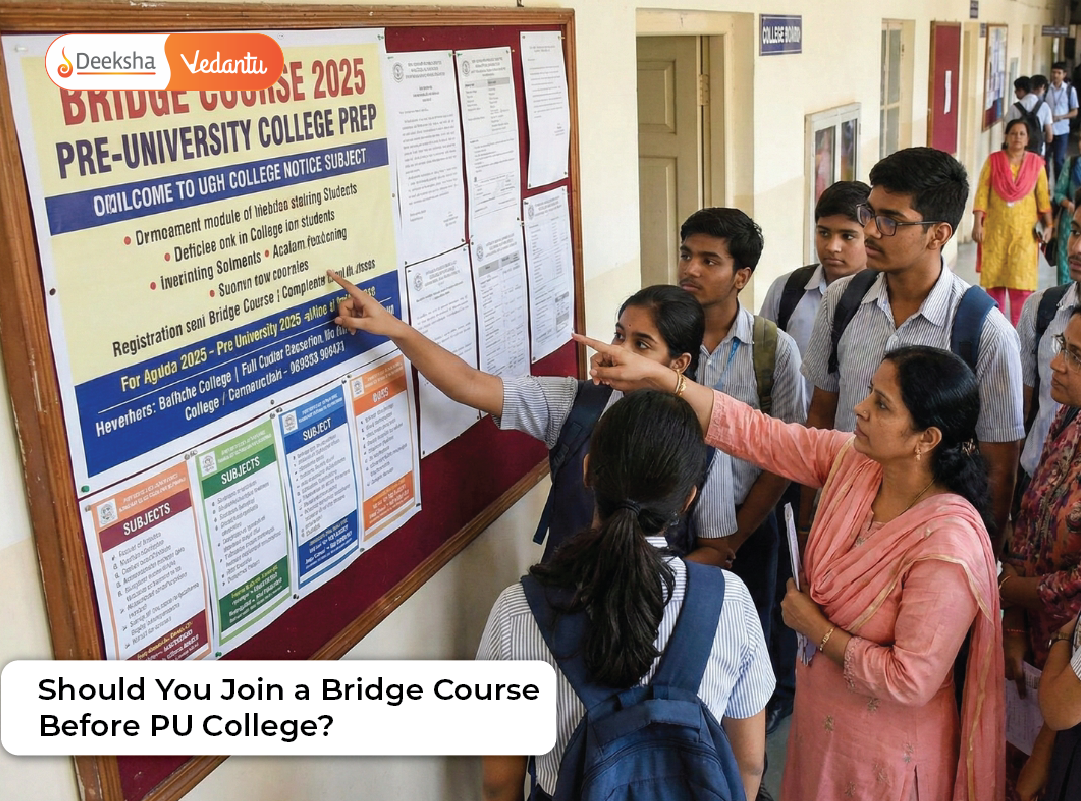Tougher PU papers to be set to get rid of ‘inferior’ students
A widely-held perception about the quality of education in pre-university (PU) classes in the state are that it is far ‘inferior’ to the standards maintained in some other states in the country. The fact that students from the states rarely perform well in nationwide entrance exams hasn’t helped. PU department top brass, however, is now remedying the issue.
In what may be bad news for students, who until now strolled through PU exams, The PU board had decided to set question papers on a ‘national’ pattern. This means question papers issued to students will have the same quality and weightage as the question paper set either – for example-in Jammu and Kashmir or Andhra Pradesh. The new pattern will be in the forthcoming academic year – 2015 for IPU students and 2016 for II PU students.
“We will introduce the national pattern for question papers and students will soon be informed of the details,” confirmed Dr. Rame Gowda, director, PU department. An official revealed that the ‘nationalized’ exam follows a Union government directive. “Until now, each state set its own question paper, but t Union government felt the quality wasn’t up to the mark.”
Two years ago, the Union government brought in a degree of uniformity by unveiling a common syllabus through the National Council of Education Research and Training (NCERT). Now, the question paper pattern would also be similar across the country.
For example, in science, Karnataka followed a ratio of 90:10 (theory: practical). On-wide has been 70:30. Karnataka too has now adopted this 70:30. Moreover, the pattern too will be the same. Science practical exams in most states are held for three hours with two experiments. In Karnataka, practical exams are conducted for two hours with two experiments. But from this year, the pattern would be the same as other states-three hours and three experiments.
PU exam question papers generally follow a blueprint, released at the start of the academic year, which details the marks for questions that can be asked in each chapter. Moreover, the questions in each chapter would be assessed as easy, tough, and difficult. Until now, states gave their own weightage for questions – for example, one would give questions for a total of 20 marks for questions on a chapter while another only 10 marks for questions on the same chapter. Now, the same weightage will be followed in all the states.
So, why is the state knee to introducing a national pattern in PU exams? An official said, “For years, students have been scoring great marks in PU exams, but the same students fare poorly in national-level entrance tests. It is so poor that Karnataka students are rarely ever toppers in national-level exams. The main reason is that PU exams are relatively easy. The national pattern will be the first bold step in qualitative improvement of PU exams which is believed to be the threshold of professional courses.”
So, why are state PU exams easy? A source said, “There is a lot of politics at play. PU results are generally announced by a minister. If the questions are tough and students fare poorly, the minister and the ministry could face embarrassment. There is tremendous pressure to produce good results and the shortcut to set easy question papers. The national pattern will change things dramatically.”
Table of Contents















Get Social